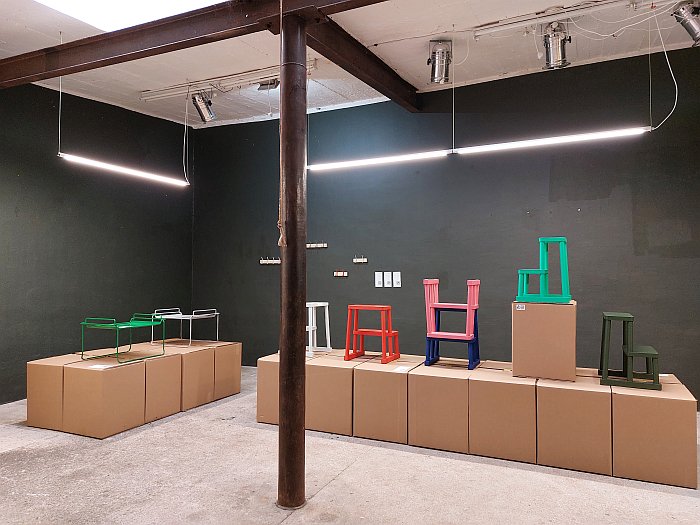
Established in Munich in 2020 by Max Neustadt, an alumni of the Technische Hochschule Rosenheim and ECAL, Lausanne, with periods working with Nils Holger Moormann and Stefan Diez on his CV, Edition 33 have a, for us, agreeably responsible and sustainable business model: new products are 'launched' but only actually produced, only actually become a component of the Edition 33 portfolio, once 33 orders have been received. We're admittedly unsure why 33, but we very much assume Max Neustadt can convincingly justify that number; and regardless of the basis of that justification there is something very appealing, very empowering, in what is, essentially a crowdfunding approach, a gauging if there is an actual need, an actual demand, for that object, before investing resources in producing it and selling it. A very pleasing, if one so will, paraphrasing of an Enzo Mari's position on "concrete needs", and his opinion "the real need for a manufactured object correspond[s] to the moment of its production"1; and while Edition 33's 'need' is not necessarily exactly the 'need' a Mari meant, although that is open for discussion, that is a discussion worth having, it is a 'need' defined by the expressions of interest of a number of heterogeneous, independent individuals and thus very much not the abstract 'need' for an object generated by a company's desire to sell X thousand, a 'need' for profit through selling furniture, and so producing them, storing them in warehouses and then looking for customers. And lest we forget, as we all all too frequently do, how a furniture object is marketed, distributed and sold is every bit a component of its footprint as how it is produced. And from what it is produced. Thoughts which force one to question the ecological responsibility of fairs such as IMM Cologne, that event that the Passagen Interior Design Week has accompanied for 30 years, and where hall after hall of the Cologne Messe are piled high every January with furniture no-one needs or wants but that has been shipped from all corners of the globe by way of marketing, by way of trying to rustle up sales. And then after a week in Cologne is shipped back to all corners of the globe. As second-hand furniture no-one needs or wants. We happily accept our role over many, many, years in facilitating, validating, such events, such waste, but we can no longer. The global furniture industry needs, urgently, to rethink its marketing, sales and distribution activities.
A model, an approach, by Edition 33 which is also a lot more honest than that of the majority of manufacturers who launch a new product with a loud fanfare and fireworks, and then quietly drop it a couple of years later because the orders didn't flow as hoped; a hypothetical, fabulised, flow of sales often predicted by the company's marketing department, by expensive external 'consultants', and by those retail partners who know what customers want. A reality that not only is a further senseless, easily avoidable, waste of resources, but is also most unfair on the designers of those products whose long-term financial security is dependent on those expected, predicted, promised, orders; better to tell them at the start no-one wants nor needs their work than get their hopes up.
A model, an approach, by Edition 33 that is, and again returning to a Mari, much more craft informed than industrial and as such allows Edition 33 to exploit the benefits of small scale local manufacture, working with local partners to produce small scale series rather than relying on global supply chains to mass produce, and therefore not only helping support local economies but also taking responsibility for the quality of that which is produced, placing Edition 33 at the heart of the production, and an acceptance that they should only sell that which they as private consumers would also happily pay for, and then ensuring that is what is produced rather than compromising on quality and materials by way of price negotiations.
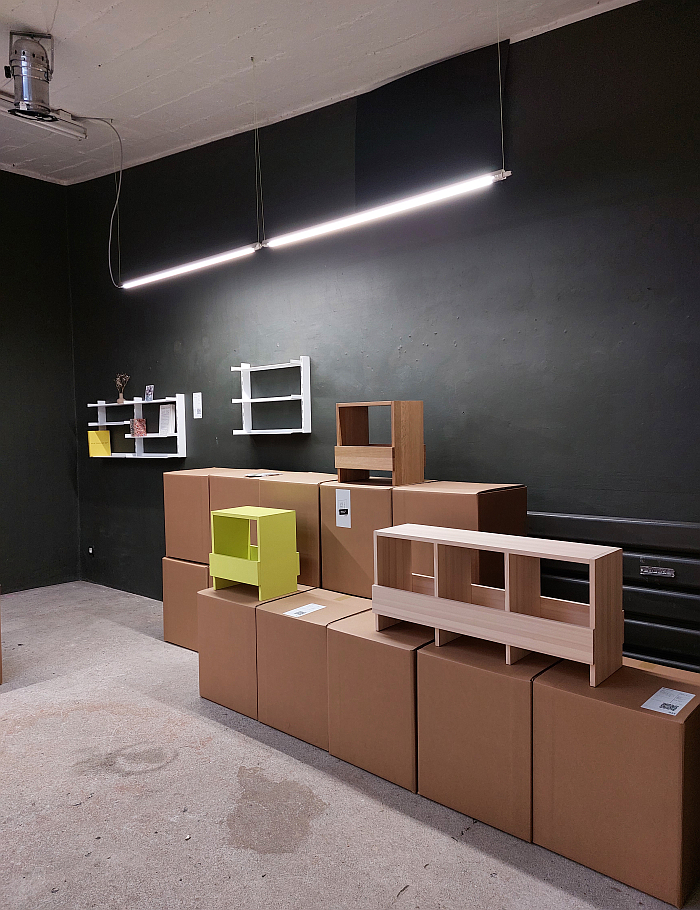
And a model, an approach, by Edition 33 that works: the Edition 33 portfolio not being an empty box, but a box containing works such as Adhoc and Tangens by Max Neustadt. The former a Tritt-Hocker, a Step-stool, a representative of a genre that off late has become increasingly ubiquitous, much like that wave of bar trolleys which swept over us all three or four years ago, now its Step-stools, if a ubiquitous genre of which, and as with that wave of bar trolleys, there are but few genuinely convincing members, the vast majority lacking an understanding of the reason for their existence, are here because someone told them to be, but without ever giving them a proper remit; in contrast Adhoc possess an alert awareness of its raison d'etre, is present because it wants to be, actively desires to contribute to daily life, and that not in an arrogant way, but in a quiet, communicative manner. And thus a genre which Adhoc with its engagingly cartoon-esque character and open disposition expands from Step-stool to Step-stool-shelf-table-helper-chum.
The latter a deceptive beast, in a positive sense: on the one hand what appears a single construction is in fact a two piece composition, a metal tray and metal base/stand, which as the name implies, are tangential, touch but don't intersect, are inter-dependent but not inter-twinned. An interdependent independence that also means that the believed single construction is two very different very functional objects: a side table and a tray. And on the other hand what appears a feather light object, has a very real weight about it, as in is heavy. Proper heavy. Which isn't a complaint, far from it, not even in a tray, for the weight of filigree steel being an indicator of quality: a low quality filigree steel wire side table would blow away in the lightest of summer breezes, Tangens will withstand the turbulent storms and ravages of coming (hi)story. Will even survive a second Trump presidency. It is that robust and durable. An object, we'd argue, equally at home in the domestic as in the commercial, civic, retail, or hospitality arena, quite aside from its cheeky deceptions we were particularly taken by the manner in which the handles are simultaneously decorative and functional: the former defined by the nature of their relationships to one another, the latter by the fact that one set of handles allows the tray to be removed and carried, the other allow the table to be carried and moved, and were also taken by the associated manner that while being a connection, the construction of the handles seeks deny any connection, tries to make you believe its all one and the same thing while being two.
In addition the Edition 33 portfolio also currently includes Stoolbox by Thomas Schnur an object, as with Adhoc, for anywhere and everywhere, an object that doesn't tell you how to use it, rather lets you the decide and then very accommodatingly ensures that every decision you make is the correct one. Regardless how often you change your mind. And an object whose lightness of touch and rational, sparing, material usage, a design founded on the material, on the processing and handling of the material and on material use, are very much creative fingerprints of Thomas, and which results in an object that while it could be a very clumsy and challenging character presents itself with an ease and coherence that belies how difficult that nonchalant straightforwardness is/was to achieve. And also a work deliciously reflective of that effortless way Thomas has of making concepts that aren't in themselves new appear as borderline revolutionary — its a workshop toolbox you can sit on. But definitely isn't. It's a re-imagined Ulmer Hocker. But has never crossed the Danube, knows nothing of those lands of Baden-Württemberg — a trick achieved, we'd argue, through the inherent honesty of Stoolbox, that honesty of intention, honesty of approach and honesty of use, that furniture often lacks. And long has. Though we'd argue not that honesty of material so often demanded, rather an honesty with the material, which is, arguably, more meaningful. An honesty, and universality and variability, that means Stoolbox is not only a low resource use object in production, but is one you may never need replace, one for whom you will always have an important job.
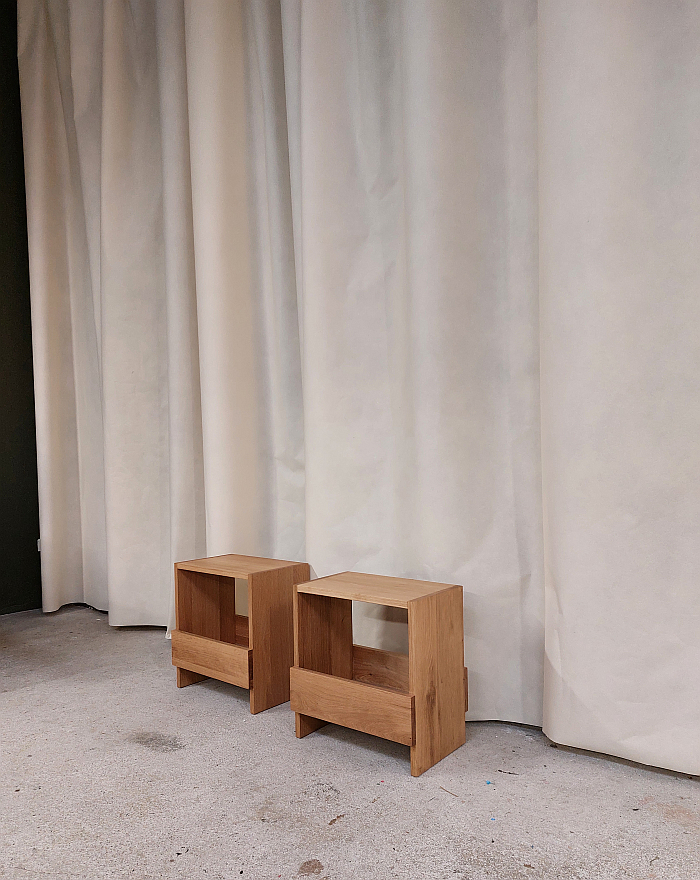
And a Stoolbox joined at Passagen Cologne 2024 by Benchbox, a work hoping to join Stoolbox in the Edition 33 portfolio; and work that, as the name somewhat obviously implies, takes the principles and ideals of Stoolbox and expands them, and in doing so creates a completely new object, a work with its own character and presence and opinions. Benchbox isn't just three Stoolboxes placed next to one another, indeed had you not seen them standing next to one another you could justifiably question if Stoolbox and Benchbox had ever met. But they have, you know they have, and from what you've seen seem to get on very well with one another. Two differing characters from a common heritage unified despite their differences..... yes, it does sound like metaphor. Or at least the start of one. Well work on it. And differences in character and presence and opinion despite a joint heritage, a contribution to that eternal debate on nature versus nurture, that tends to reinforce that with Stoolbox/Benchbox Thomas has developed a concept more than objects, which is one those things furniture designers should do.
In addition Max Neustadt used the Edition 33 showcase at Passagen Cologne 2024 to present other works looking to secure 33 advance orders and thereby their place in the Edition 33 universe; specifically a currently unnamed slotted, plug'n'play, metal wall shelving system by Lukas Lüttgen and Alex Schul and the so-called J-Hooks, a family of metal wall hooks on a wooden rail by Joel Hoff, hooks which do nothing radical but do it with an engaging ease.
But will J-Hooks, Benchbox and Lüttgen & Schul's shelving get their 33 orders? Are they objects for which there is an actual 'need'? Do they represent actual 'needs' or a designer's interpretation of a 'need' they believe to be existent, but which isn't really? Do they represent actual 'needs' or a manufacturer's interpretation of a 'need' they believe to be existent, but which isn't really? Time will tell. As it will tell in context of the next projects that Max Neustadt presents for consideration, for one very much gets the impression that Edition 33 is but at the beginning of its journey, still taking its first steps, still finding its place the world.
A place we see no reason to doubt Edition 33 won't claim and make its own, the start is very promising and there is an integrity not only in the portfolio, the design of the objects in the portfolio, but in the approach to furniture production and supply; whereby one must assume that as the portfolio grows, as Edition 33 grows, as Edition 33 becomes better known, as they start appearing more often in social media feeds, objects will reach the magic 33 quicker than they currently do. It seems inevitable. And if that does happen we hope Edition 33 becomes Edition 66 and then Edition 99 and then Edition 1000; as noted above we don't know why '33', but hope that as the company grows Max makes it a genuine challenge for new proposals to reach production, accepts the possibility of rejections and also rans, and thereby ensuring that the 'need' being measured is a real 'need' and not a mathematical apparition. In many regards one could argue what we're arguing for is a so-called Reverse Phillip Boa: Boa famously, apocryphally, only printed 10,000 copies of his records, because if you print more than 10,000, in Boa's idiosyncratic opinion, idiots start listening to your music, similarly the more people who know your company the more who'll like anything and everything you launch and order it, whether it's good or not, whether its meaningful or not, whether its needed or not, but simply because its from your brand or by designer Z. But beyond them, and much as beyond the 'need' of the marketeers and retailers, no-one else needs, nor wants, your product. And so the senseless cycle of waste picks up speed again. If driven less this time by marketing per se as by the culturally conditioned ever weaker links between furniture and society, the ever weaker links between furniture and 'need', ever weaker understandings of furniture. Which, yes, does bring us back to Enzo Mari. Thus, for us, raising the challenge of achieving production with increasing success and increasing visibility, of reducing to a minimum the dangers of unreflective consumers adversely affecting, torpedoing, the integrity of the portfolio when you 'launch' new products in ever larger virtual and tangible arenas, is important not only for maintaining the integrity of Edition 33, of Edition XX, but also in allowing Edition XX, Edition XXXX, to contribute to the development and establishment of that more responsible and sustainable and meaningful global furniture industry we urgently need to develop.
Passagen Interior Design Week Cologne 2024 has long since finished. Indeed Passagen Interior Design Week Cologne 2025 is rapidly approaching.
More information on Edition 33, the current Edition 33 portfolio and current Edition 33 aspirants can be found at https://edition33.eu

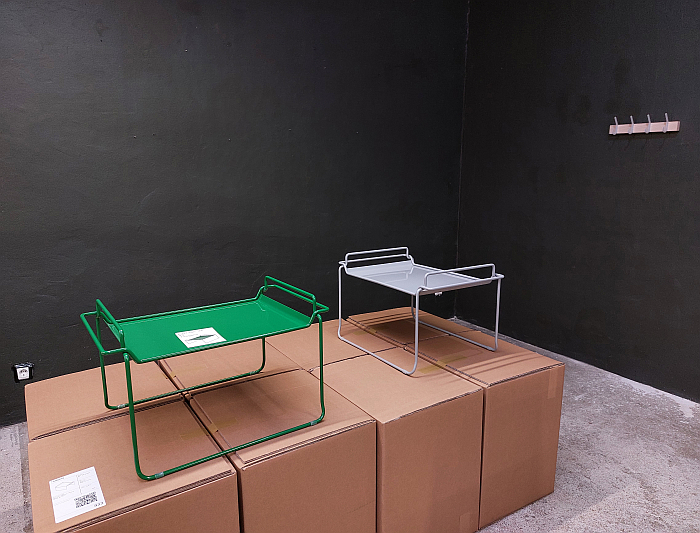
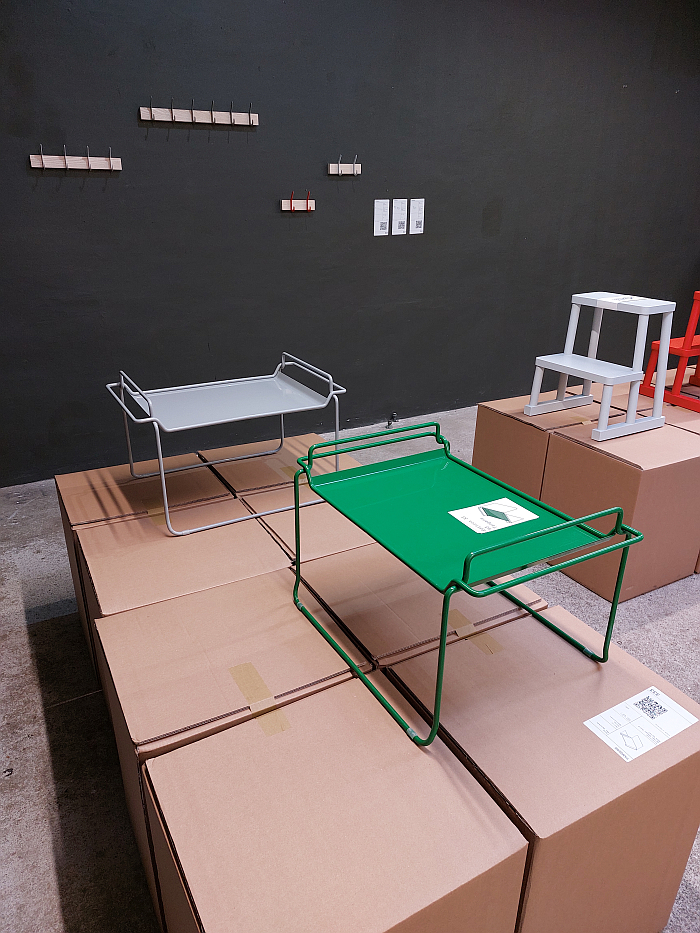
1Enzo Mari in Hans Ulrich Obrist, The Conversation Series 15: Enzo Mari, Verlag der Buchhandlung Walther König, Cologne, 2008 page 38